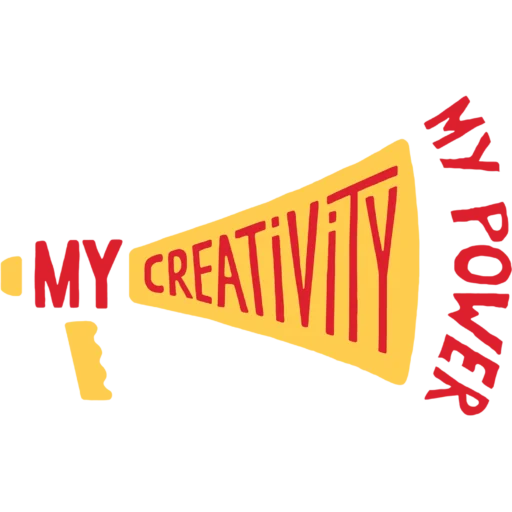Experiments with sounds and movements
Description
The aim of the workshop is to experience sounds together, to develop awareness of the sonosphere, to find ways to performatively use sound for political demands.
Other issues: natural and not natural sounds, composition and cooperation.
Target group
Any type of group
Number of participants
Min number of participants: 5
Max number of participants: 20
Number of facilitators: 1-2
Environment
Possibility to work inside and outside.
Time needed
5 hours.
Materials
Nothing specific
Objective/aim
The objective is to help young people develop social skills while developing own political demands and expressing them through collective creativity. It also helps young people to develop awareness on social and political issues.
Step by step instructions
Step 1
HEARING THE SOUNDSCAPE
All persons have closed eyes and are hearing sounds.
- in couples - we talk about what we heard;
- in couples we draw a postcard from HERE AND NOW (we are drawing sounds - abstractive)
Open space discussion:
Problems/subjects
What was natural/ not natural in the soundscape?
How it was for you? How did you feel it?
Step 2
SOUND WALK (hearing and making voice) (it can be done outdoor)
- in couples: one person has closed eyes, the other person guides him/her with tunes. Afterwards couples switch position.
Open space discussion:
Problems/subjects
How did it feel being together while one person was “blind”? Could you trust the other person?
Step 3
COMMON SOUND AND IMPROVISATONS (hearing and making voice)
- initiating exercises to open throat
- finding common sound and one by one people trying to improvise
- then one person is improvising with sound, the other with movement
Open space discussion:
Problems/subjects
How do we produce sounds? What sounds does the nature create?
Step 4
RYTHM
We try to find common a rhythm and then divide to first two (and then 3) groups and make choir with rhythms.
We can organize a common creation by asking and answering with sounds and body movements. We can use all body.
Open space discussion:
Problems/subjects
-How did it feel to do something together as a group? How did the communication work? Did all sounds/rhythms belong to the real world (heart beats, seasons, etc.)?
Step 5
DANCE AND SOUNDS FROM HERE AND NOW
- we prepare an exhibition with our postcards from here and now, and we talk about messages, demands.
- every participant writes one word connecting with one postcard
- then the participants prepare a short choreography inspired by the pictures and words
- in the same time half of the group improvises with the sounds inspired by the postcards but using no words.
Open space discussion:
Problems/subjects
What do we find easy/difficult in common activities?
Did we establish common signs of communication?
Final discussion is about body possibilities, natural sound and movement. Talk about open possibilities and potential of nature and how to use it performatively for political demands.
Tips for the trainer
Our body is an important part of our experiences, our body can remember our needs like freedom, violence, emotions. Body expression is abstractive, but it is a new experience to explore body memory and to express it.
